-

Why stainless steel belts are used in rail transit
The use of stainless steel belt in rail transit is mainly based on its advantages in corrosion resistance, high strength, good processing performance, fire resistance and beautiful appearance. The following is a detailed introduction: 1. corrosion resistance: the operation environment of rail transit is complex, and vehicles may face a variety of corrosion factors such as humidity, salt spray, ch
2025-04-15 -
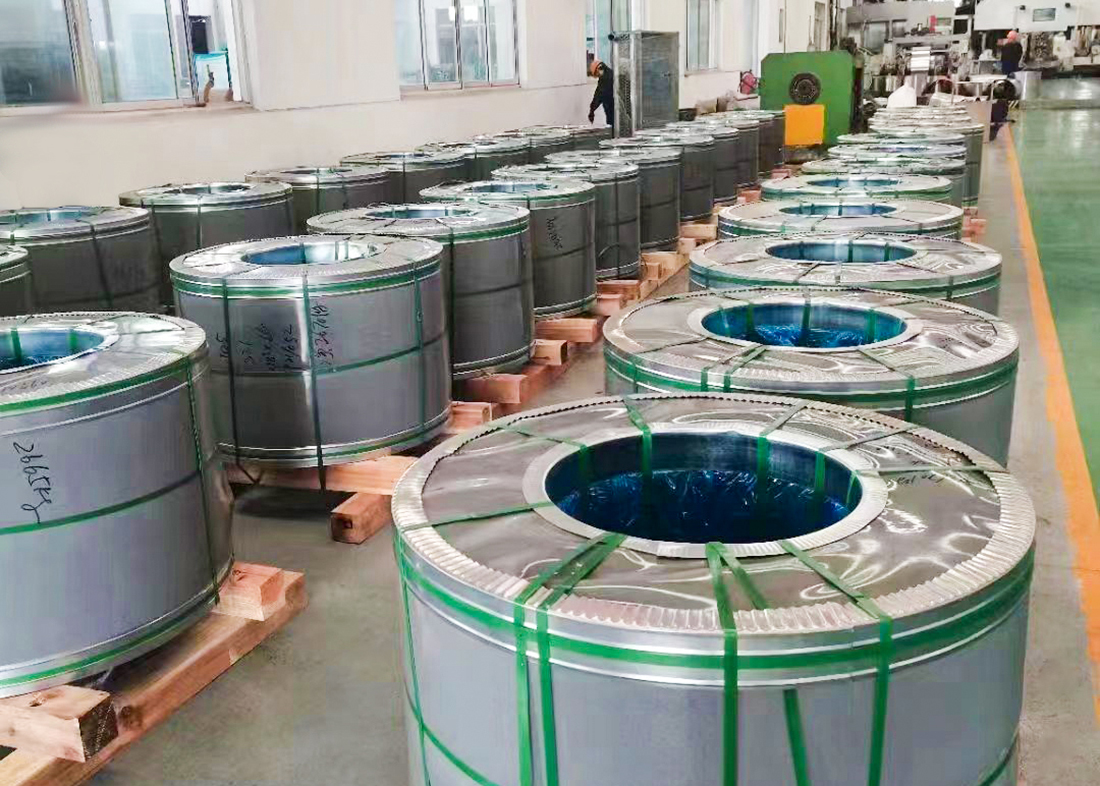
What is the cold rolling process for stainless steel coils
The cold rolling process of stainless steel coils is a further rolling process of hot-rolled stainless steel coils at room temperature, aimed at obtaining thinner thickness, higher surface quality, and better performance. Here is a detailed introduction: 1. Process flow Raw material preparation: Select hot-rolled stainless steel coils as cold rolling raw materials. Hot rolled coils need t
2025-04-08 -

What is the sanding treatment of stainless steel roll
The sanding treatment of stainless steel coil is a processing technology to form uniform sanding texture on the surface of stainless steel coil by mechanical grinding or abrasive spraying. The following is a detailed introduction to the sanding treatment of stainless steel coils: 1. processing method Manual sanding: sanding stainless steel coils with workers' hand-held grinding tools requi
2025-04-01 -
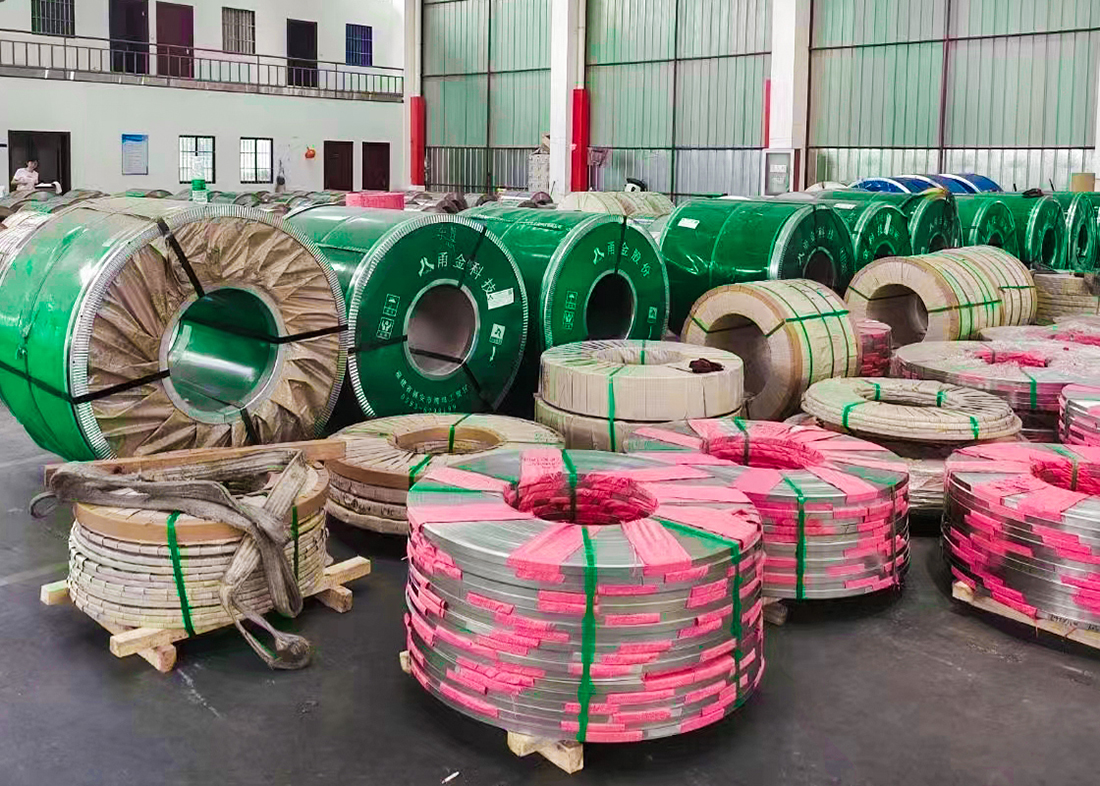
What is the performance of stainless steel strip in low temperature environment
Stainless steel strip usually has the following performance in low temperature environment: 1. mechanical properties: as the temperature decreases, the strength and hardness will be improved. This is because the low temperature prevents the dislocation movement, which increases the difficulty of material deformation and strength. At the same time, the stainless steel strip can still maintain good
2025-03-25 -

Why stainless steel coils are used in marine equipment
Stainless steel coils are used in marine equipment mainly because stainless steel has the advantages of corrosion resistance, high strength, good processing performance and hygiene, which can meet the requirements of ships in complex marine environment. Details are as follows: 1. strong corrosion resistance: the ship has been sailing in the marine environment for a long time, and the sea water is
2025-03-18 -
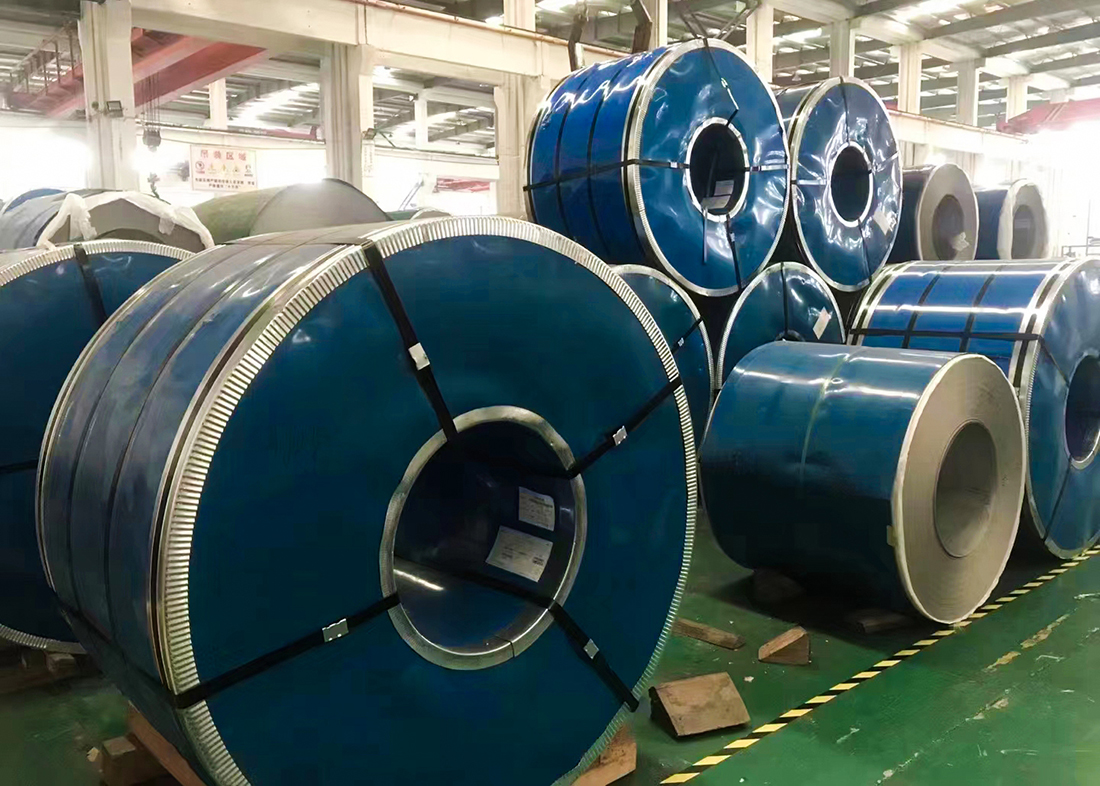
What are the applications of stainless steel coils in the shipbuilding industry
Stainless steel coils have many applications in the shipbuilding industry, mainly reflected in the following aspects: 1. Ship structure Ship hull and superstructure: Stainless steel coils can be used to manufacture the hull parts of ships, especially some small ships or special ships with high requirements for corrosion resistance. Its excellent corrosion resistance can resist the erosion
2025-03-11 -
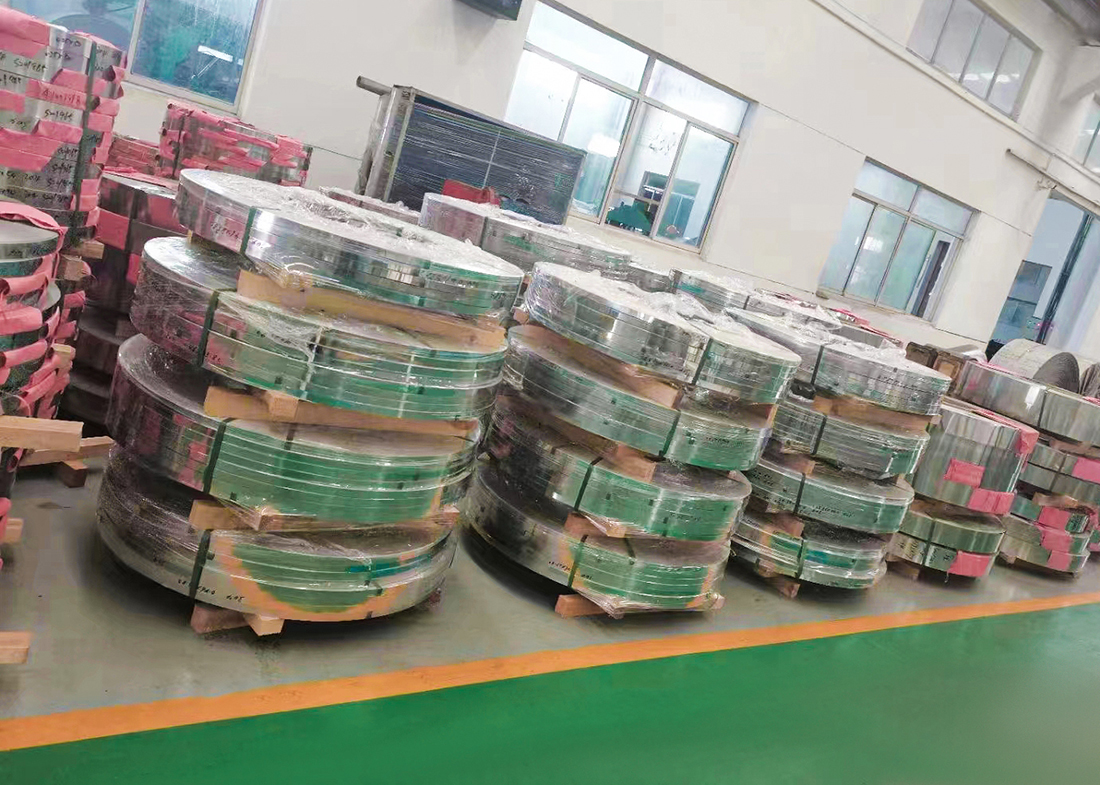
Why are stainless steel strips widely used in the petroleum processing industry
The main reasons why stainless steel strips are widely used in the petroleum processing industry are as follows: 1. Good corrosion resistance Chemical corrosion resistance: During the process of oil extraction and processing, it comes into contact with various corrosive substances, such as oil and gas containing hydrogen sulfide, carbon dioxide, chloride, as well as chemical agents such as
2025-03-04 -
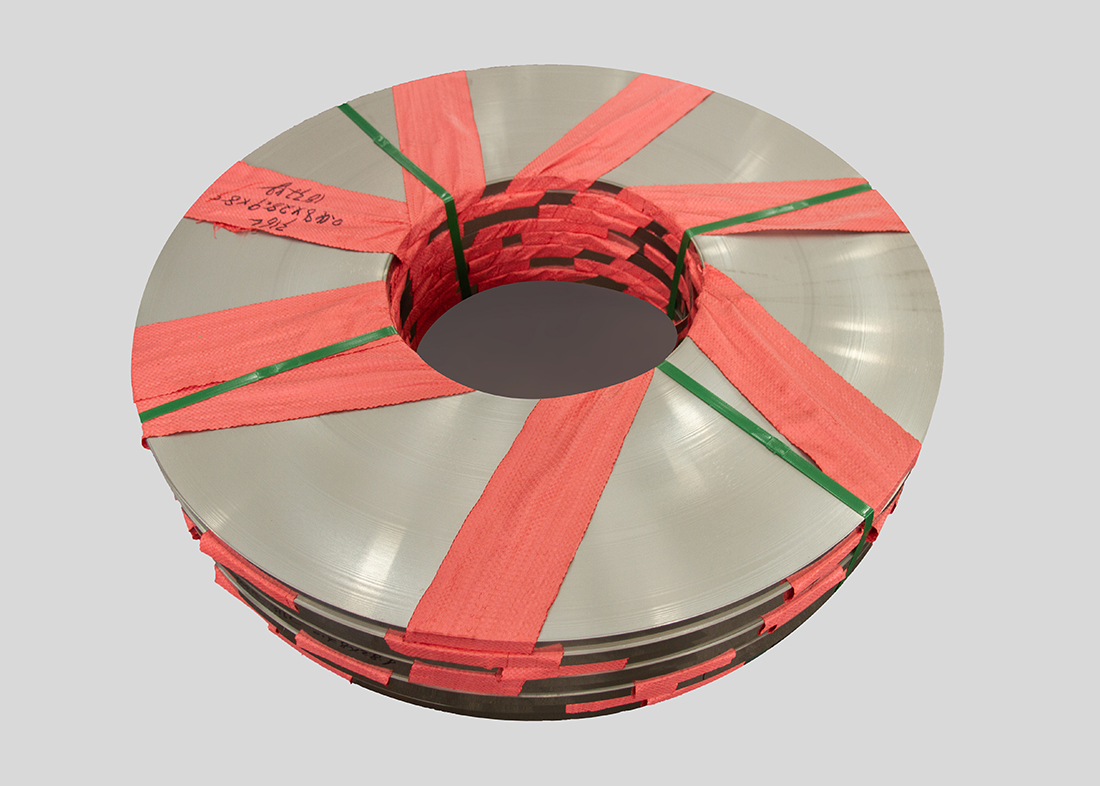
What is the maintenance cost of stainless steel coils
The maintenance cost of stainless steel coils is relatively complex and influenced by various factors. The following analysis is conducted from the aspects of maintenance material costs, labor costs, equipment depreciation, etc.: 1. Maintenance material costs Cleaning supplies: Stainless steel coils are usually cleaned with mild cleaning agents and soft cloths for daily use. The price of c
2025-02-25 -
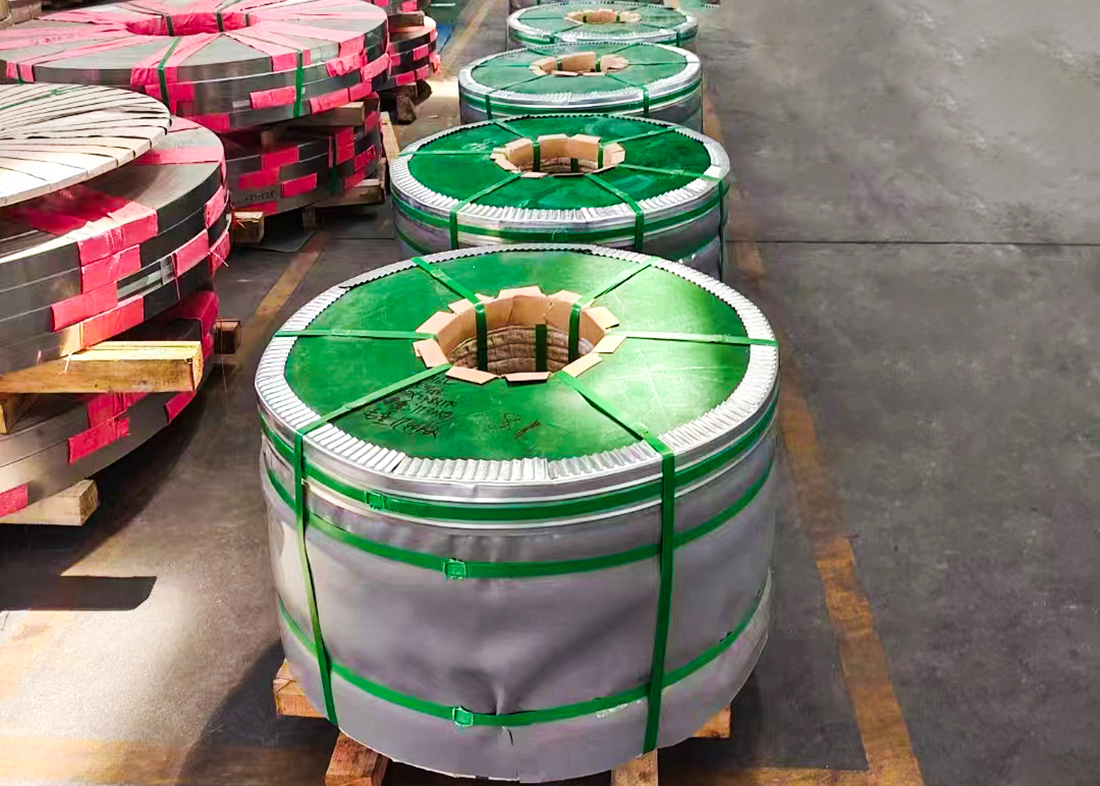
Why is the surface quality of stainless steel coils so good
Stainless steel coils have good surface quality, which is mainly due to their raw material characteristics, good production processes, strict quality control, and other aspects, as follows: 1. Excellent raw materials: The raw materials used in the production of stainless steel coils, such as various alloying elements (chromium, nickel, molybdenum, etc.) and iron-based materials, have high purity
2025-02-18 -
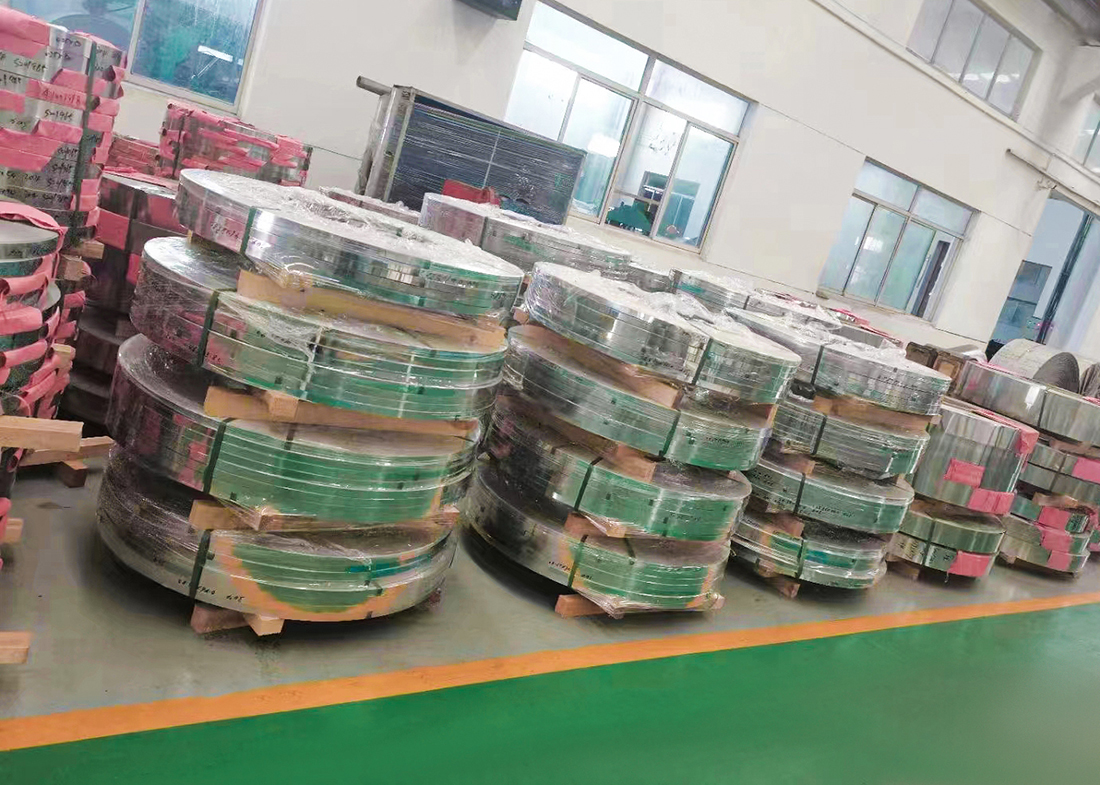
Why is stainless steel strip used in the manufacturing of small mechanical parts
he use of stainless steel strip in the manufacturing of small mechanical parts is mainly based on its comprehensive advantages in performance, processing, cost, and other aspects. The following is a specific introduction: 1. Material performance advantages Strong corrosion resistance: Many small mechanical parts work in different environments, such as humid, acidic, and other corrosive med
2025-02-11
- 04-152025
Why stainless steel belts are used in rail transit
The use of stainless steel belt in rail transit is mainly based on its advantages in corrosion resistance, high strength, good processing performance, fire resistance and beautiful appearance. The following is a detailed introduction: 1. corrosion resistance: the operation environment of rail transit is complex, and vehicles may face a variety of corrosion factors such as humidity, salt spray, ch
- 04-082025
What is the cold rolling process for stainless steel coils
The cold rolling process of stainless steel coils is a further rolling process of hot-rolled stainless steel coils at room temperature, aimed at obtaining thinner thickness, higher surface quality, and better performance. Here is a detailed introduction: 1. Process flow Raw material preparation: Select hot-rolled stainless steel coils as cold rolling raw materials. Hot rolled coils need t
- 04-012025
What is the sanding treatment of stainless steel roll
The sanding treatment of stainless steel coil is a processing technology to form uniform sanding texture on the surface of stainless steel coil by mechanical grinding or abrasive spraying. The following is a detailed introduction to the sanding treatment of stainless steel coils: 1. processing method Manual sanding: sanding stainless steel coils with workers' hand-held grinding tools requi
- 03-252025
What is the performance of stainless steel strip in low temperature environment
Stainless steel strip usually has the following performance in low temperature environment: 1. mechanical properties: as the temperature decreases, the strength and hardness will be improved. This is because the low temperature prevents the dislocation movement, which increases the difficulty of material deformation and strength. At the same time, the stainless steel strip can still maintain good
- 03-182025
Why stainless steel coils are used in marine equipment
Stainless steel coils are used in marine equipment mainly because stainless steel has the advantages of corrosion resistance, high strength, good processing performance and hygiene, which can meet the requirements of ships in complex marine environment. Details are as follows: 1. strong corrosion resistance: the ship has been sailing in the marine environment for a long time, and the sea water is
 WeChat ID:www.cnlichao.net
WeChat ID:www.cnlichao.net





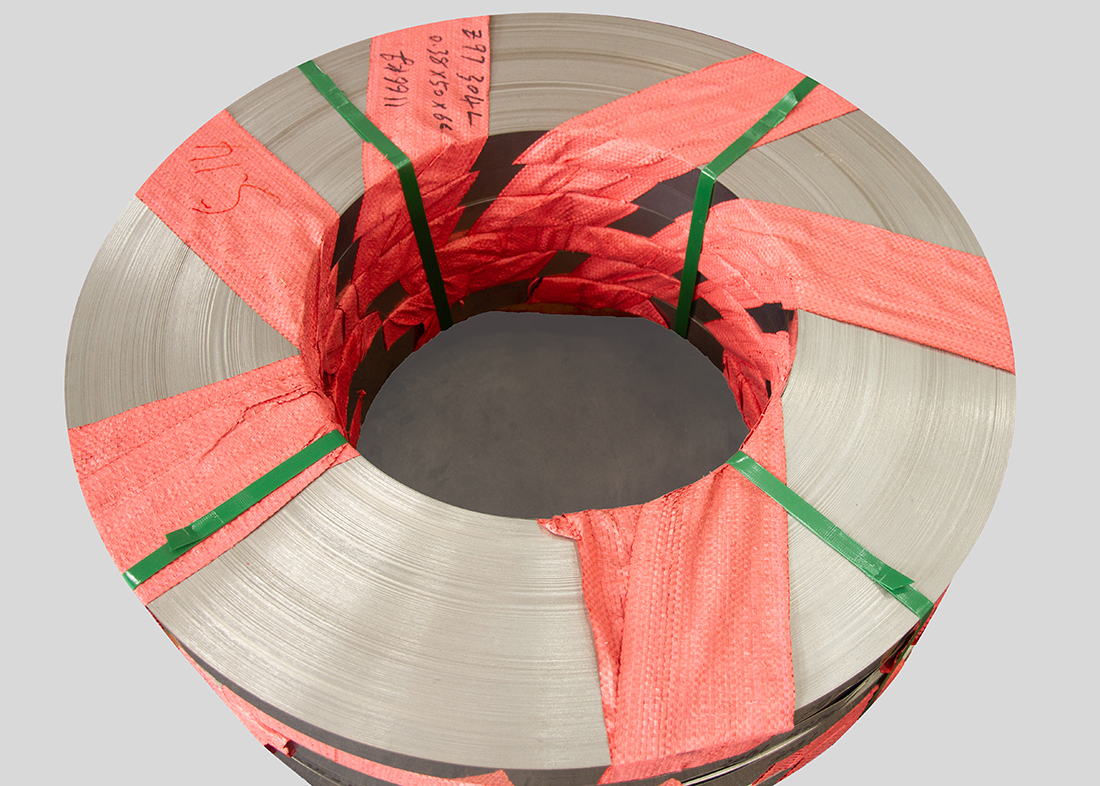

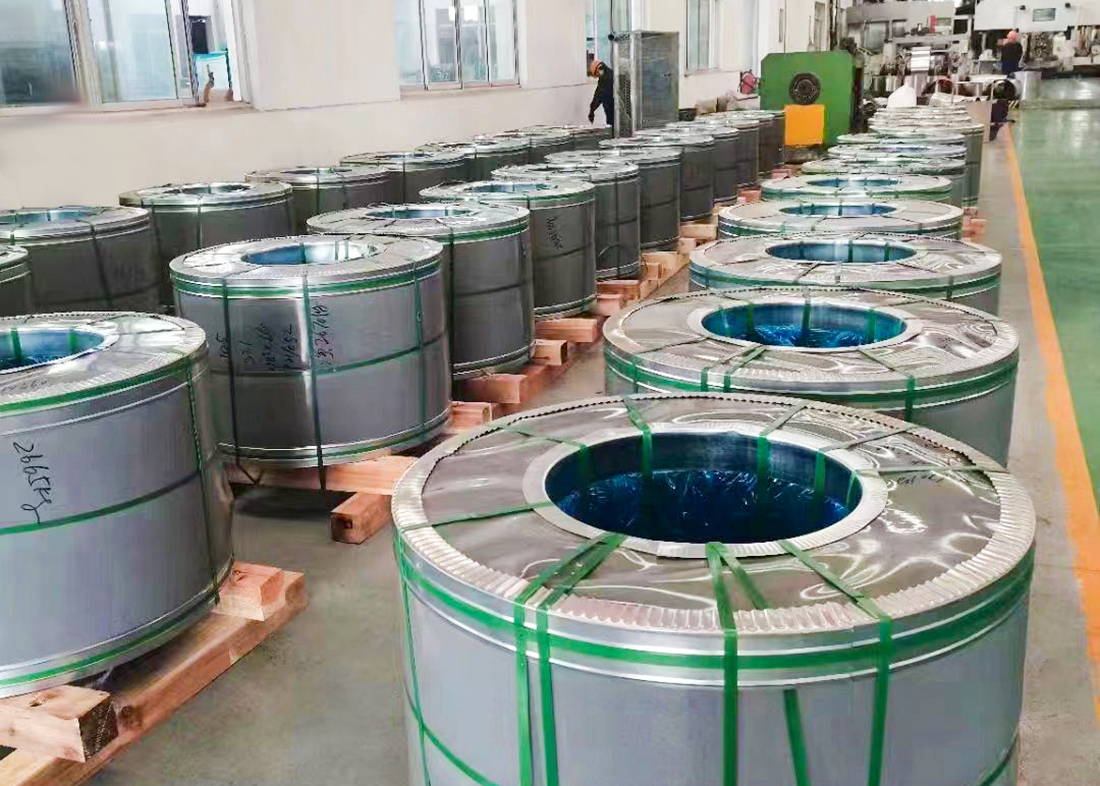
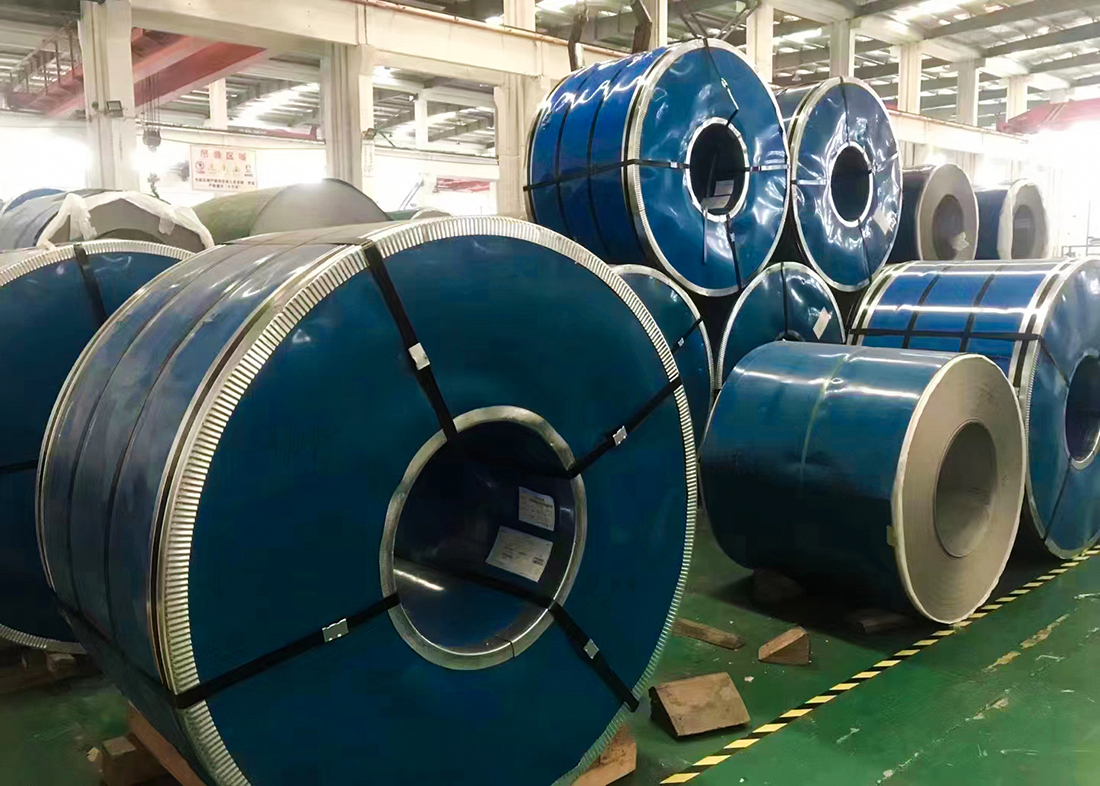
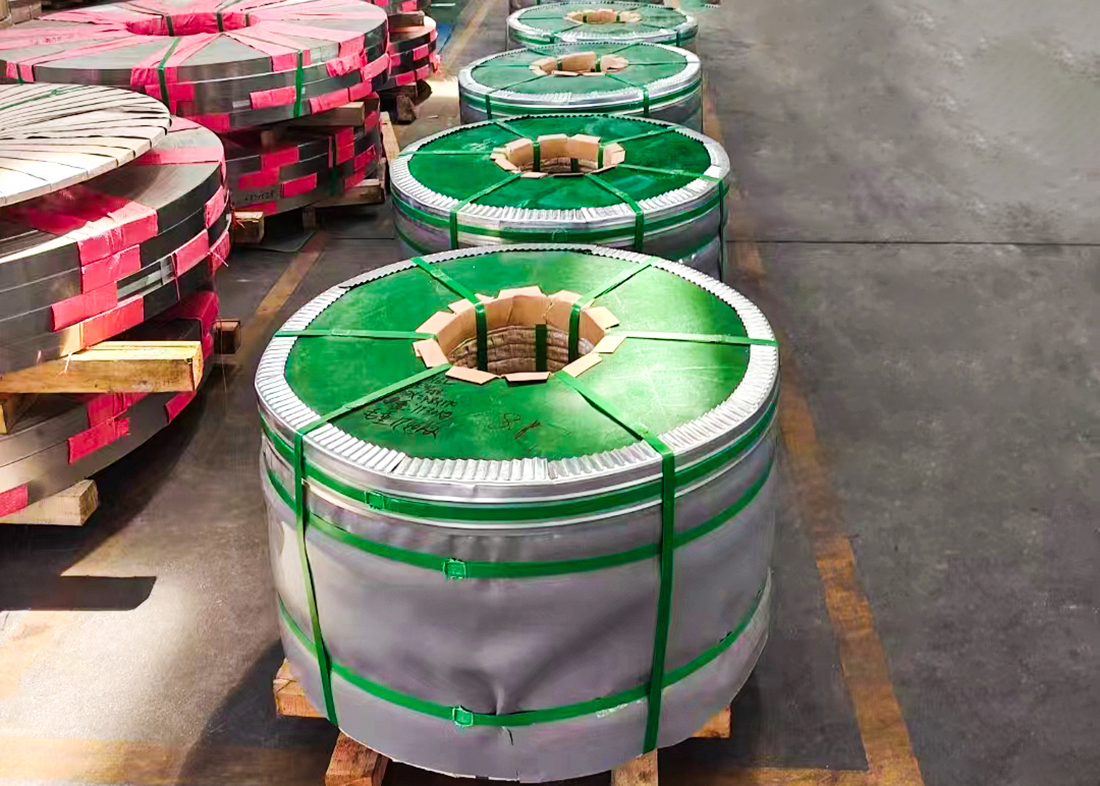


 Add WeChat
Add WeChat
 Contact us
Contact us
 The phone
The phone